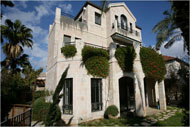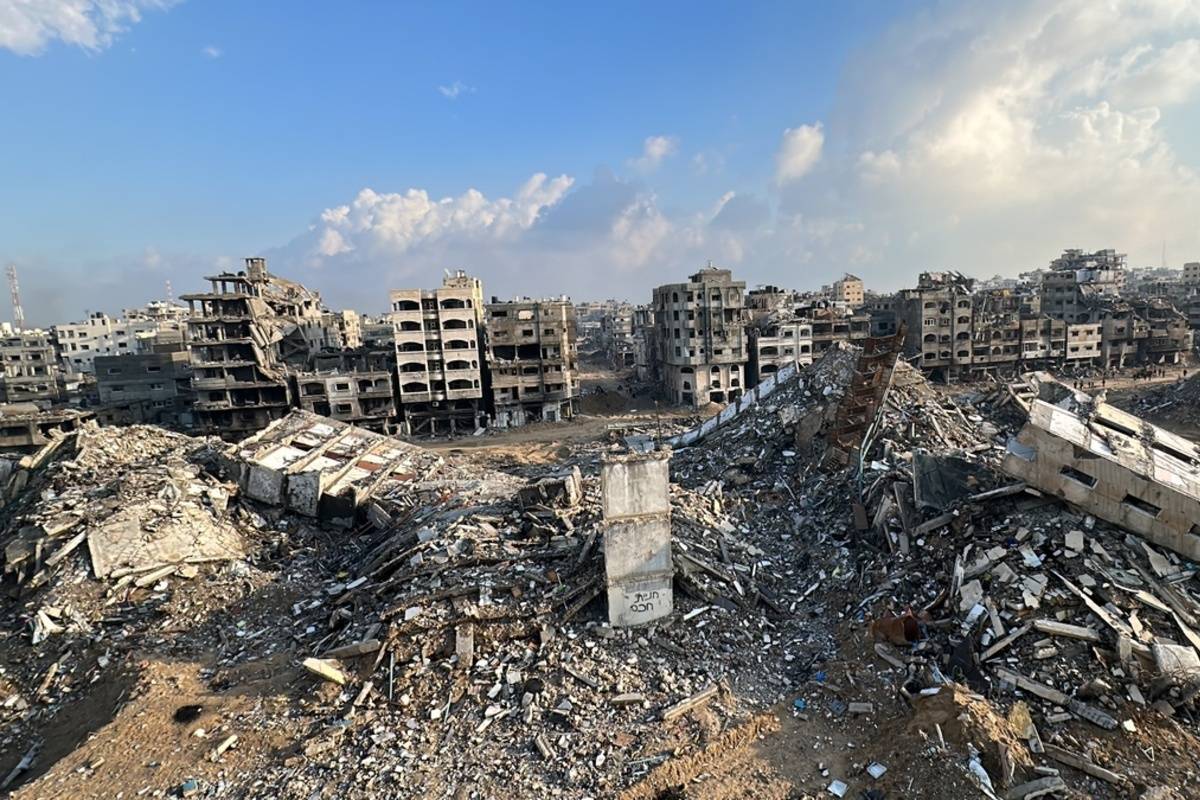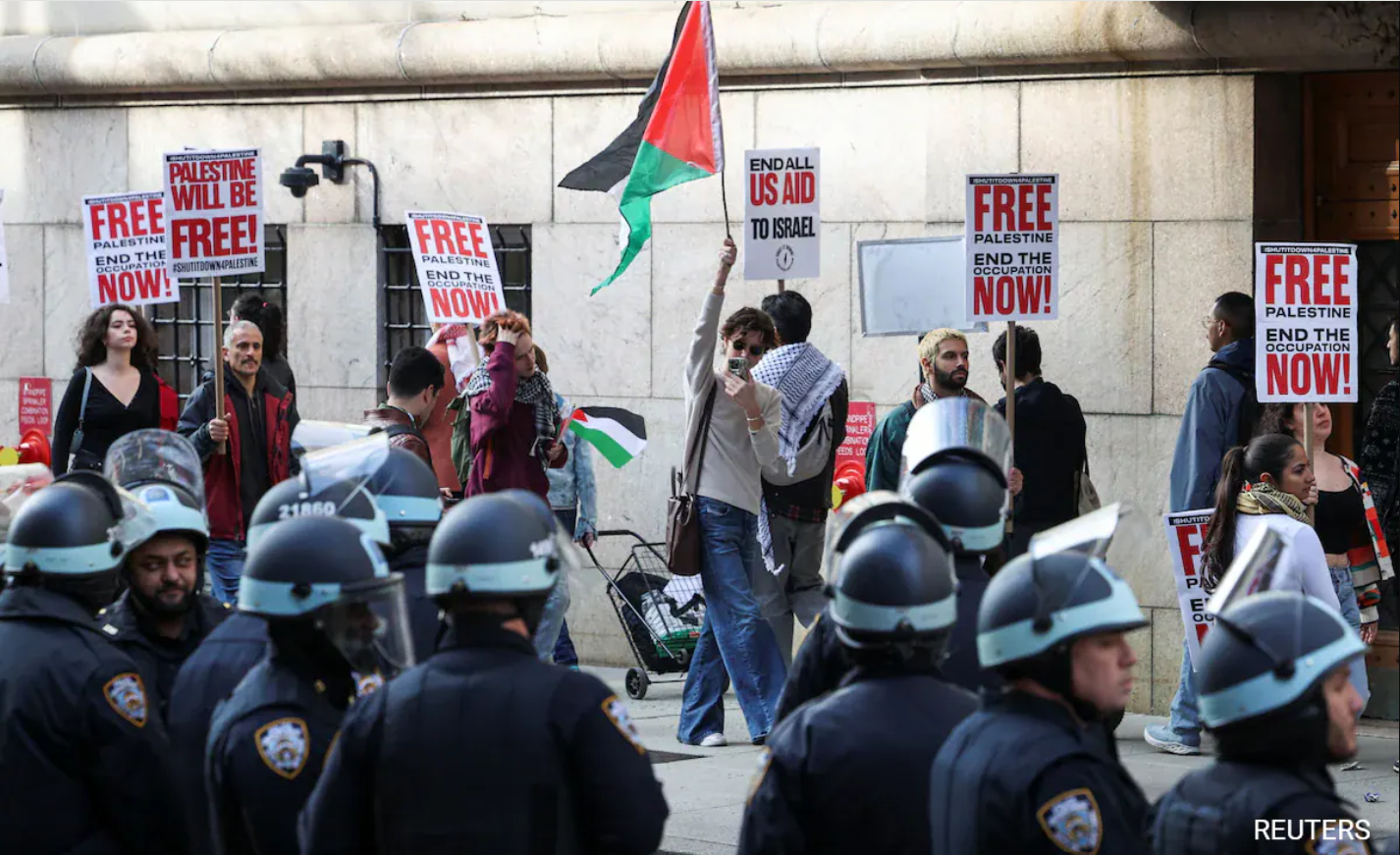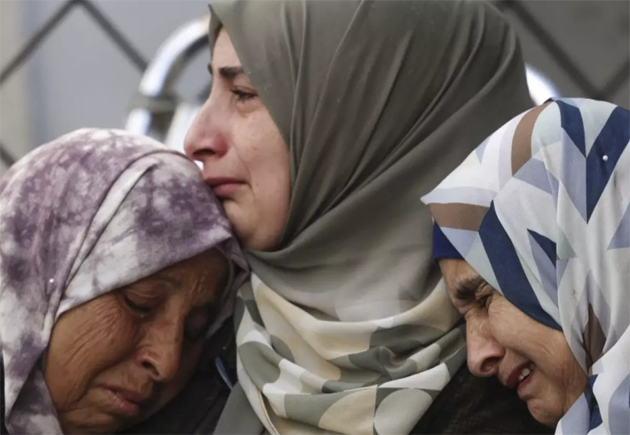
A couple of weeks ago, I was reading the online version of The New York Times and browsing the ‘great homes and destinations’ section, when I came across an article titled “In Jerusalem, a New Life and Home”. Immediately interested, I clicked on the link and started to read, but two sentences into the article, I could already feel my resentment bubbling. I would never have believed that reading a simple ‘house and homes’ article could elicit feelings of anger and frustration.
The article described an American Jewish couple who left their lives in Atlanta, Georgia, to retire in Jerusalem. After renting homes for a few years, they bought an 818 square meter plot of land in the Baka’a neighborhood of west Jerusalem where they spent three years designing and building their ideal home. The end result was beautiful - a modern home which happens to look just like a Middle Eastern villa.
Judging by the description so far, the article sounds like your average, light and entertaining account of the universal hunt for the perfect home. What infuriated me about this piece was the fact that the couple involved showed no indication that they cared or were even aware of the fact that the neighborhood they had chosen to live in was once Palestinian in its composition.
The only allusion to its past was a sentence in which the author described Baka’a as a neighborhood ‘popular among English-speaking and French immigrants’ who are attracted to the neighborhood because of its ‘eclectic Middle Eastern architecture dating from the early 1900s’. The couple who designed the house was inspired by the ‘thick stone walls and arched entries of traditional Arab homes’, yet they saw no irony or hypocrisy in stating so.
Palestinians will envy this couple. They will envy the fact that this couple had the right to leave the States, buy a piece of land in Jerusalem, build a three storey home on it, and settle down happily. No Palestinian can buy property in what is deemed an Israeli neighborhood. The official reason is that only Israeli citizens or Jews entitled to immigrate under the Law of Return can purchase state lands — and 93% of land in Israel is designated as state land. Of course, any Palestinian will also add the obvious - they shouldn’t have to buy land that they were originally expelled from.
I can only imagine what someone like Um Kamel El Kurd would think if she read this article. She used to live with her parents in the Talbiyeh neighborhood of west Jerusalem, but was expelled from her home when Israel conquered the western part of the city in 1948. In 1956, with the help of UNRWA, she and her husband built their own dream house in the Sheikh Jarrah neighborhood of east Jerusalem. Little did she know that 52 years later, her family would be evicted from their home on the grounds that the property they had lived in since 1956 allegedly belonged to Jews before 1948. Having nowhere else to go, the El Kurds set up tents for the family several times, only to have them repeatedly demolished. On November 23, 2008, just two weeks after they were evicted, the husband and father, Abu Kamel El Kurd, died of a heart attack. Devastated, Um Kamel, accompanied by about 30 activists, tried to return to her original home in Talbiyeh. While she was under no illusions that she would actually get her home back, her visit to the neighborhood raised questions about reciprocity over the rights of Palestinians and Israelis.
Many of the residents who were expelled from west Jerusalem managed to settle down in east Jerusalem after 1948, but in 1967, Israel extended its control over the eastern part of the city, illegally occupying it. Since then, thousands of homes have been demolished, and thousands more are under threat of demolition for multiple ridiculous and perverse reasons. In Silwan in east Jerusalem, 88 houses are slated for demolition because they were built without Israeli-issued permits. What the Israeli government has deliberately ignored, however, is the fact that many of those houses were built before 1967 and even before 1948. Just a few days ago, another plan by the Israeli-run municipal council of Jerusalem and an Israeli settlers’ association called Aterat Cohanim was uncovered. The plan will target Palestinian homes in Batn Al-Hawa, also in Silwan, where a new illegal settlement will be built. The 5,800 square meter Batn Al-Hawa neighborhood is home to 60 Palestinian residential buildings built on the area before 1948.
Reciprocity would suggest that if Israelis can claim homes in east Jerusalem neighborhoods like Sheikh Jarrah, than Palestinians should be able to claim homes in west Jerusalem neighborhoods like Baka'a and the German Colony. However, I think it is safe to say that most Palestinians have given up on the idea that they will be fairly treated by the Israeli government.
Just a week after the New York Times article was published, the UN released a report calling on Israel to freeze all pending demolition orders in east Jerusalem. The report revealed that of the 70.5 sq. km. of east Jerusalem and the West Bank annexed by Israel illegally, only 13% was zoned for Palestinian construction, and this land is mostly already built up. At the same time, 35% has been expropriated for Israeli settlements, even though all settlements on occupied land are illegal under international law. Another 22% is dedicated to green areas and public infrastructure, while the remaining third is untouchable. The report highlighted the difficult and expensive process Palestinians must go through to apply for a building permit. Very rarely are permits actually issued. To date, the UN estimated that at least 60,000 Palestinians are at risk of losing their homes to Israeli demolition orders.
As lawyer Daniel Seidmann said in an interview on this subject, “Final-status questions must be dealt with in the framework of a moratorium on these kinds of actions.” If, on the other hand, Israel continues with its land confiscation and demolition plans, it risks inflaming a situation where tensions are already very high.
I drove through the Baka’a neighborhood just a few days ago. It truly is a lovely area, the streets lined with old Palestinian homes built in the unmistakable Arabesque style. The only thing to suggest they are no longer Palestinian is the Israeli flags draped over them reassuring the passersby that Israel occupies them now.







